For me, growing up in the American MidWest along the Canadian border, Canada seemed a vast country. It stretched north all the way to the other side of the planet to Russia. Also, it stretched from way past Maine on the east, and far west of California. Oddly, enough, parts of Canada were more southerly than my home state. Images of Canada were of the Royal Mounted Police, bears, moose, endless tracts of woods, maple leaves, Canadian geese , hockey and citizens who pronounced ‘ about’ in a unique way.
In Japan, most Japanese, when you mention Canada remark, ‘Ah, COLD!!. So how can they grow wine grapes and make wine? Luckily, the seminar’s presentations showed that Canada is not only a big country with a wide range of climates, but also has some really spectacular wineries producing first class wines.
One seminar speaker, Jamie Paquin. Paquin has shown a spotlight on Canada’s top rated wines with his ‘Canadian wines only’ wine shop, Heavenly Vines, in Ebisu, Tokyo. Jamie co-owns Heavenly Vines with his wife, Nozomi Mihara. Surprisingly, the shop is the only ‘Canadian wines only’ shop in the world.
Following the seminar we headed up to the second floor to the tasting and were greeted by Adrian Marques, of Plan B Corporation, pouring some sparkling wine from Milan Winery. The wine was made from maple sap, but only had a small hint of maple syrup. Lots of small petulant bubbles, very pale lemon with delicate flavors of maple, spring flowers, washed stones.

Top Japanese wine writer, Nishida-san, looking chic as always getting ready to taste Blue Mountain sparkling wines.

Christie Mavety of Blue Mountain Vineyards, British Columbia. (family owned winery) Ready to pour out some very velvety Pinot Noirs.

If you ever wonder what movie directors (Hairspray) of special effects do in their spare time, guess they make great wine. Guilty Men, Malivoire Wine Company.





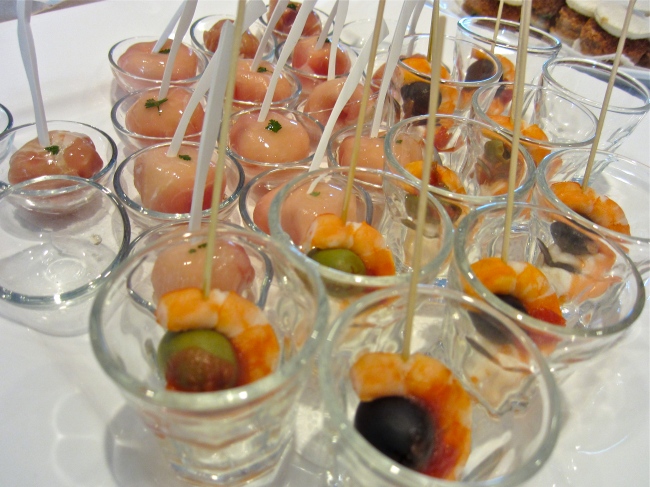

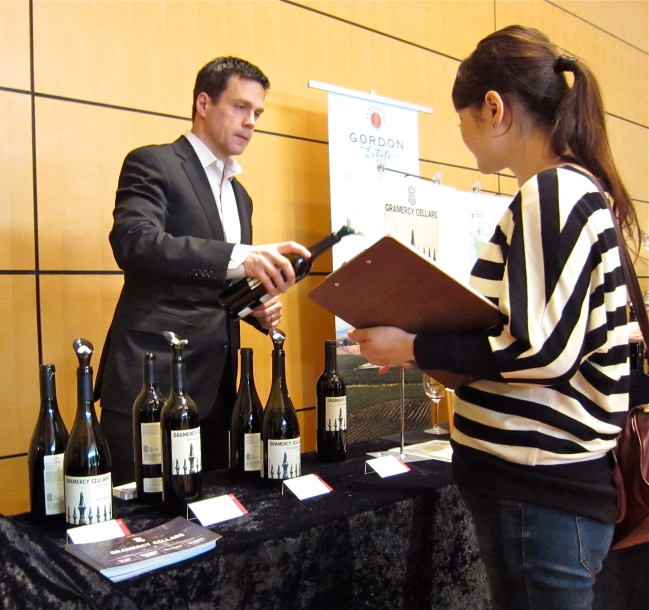



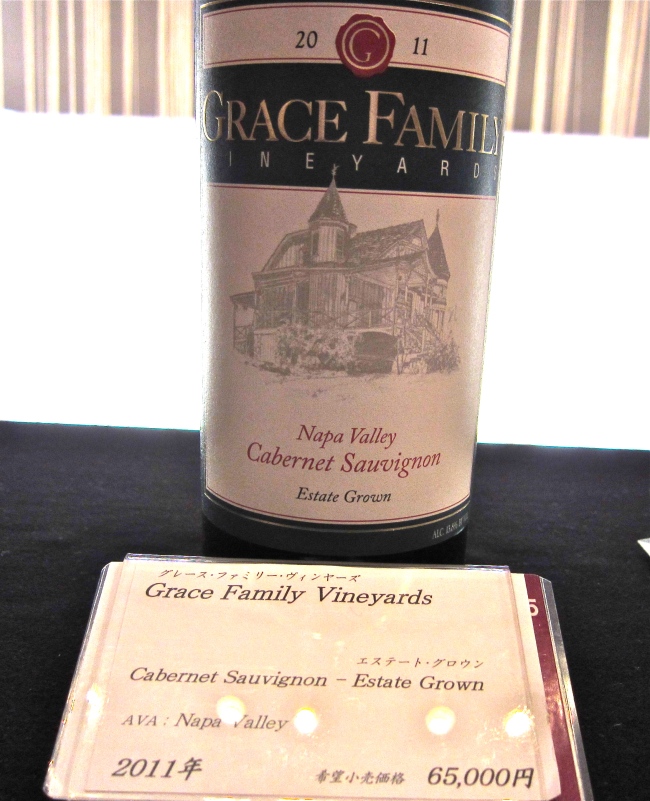


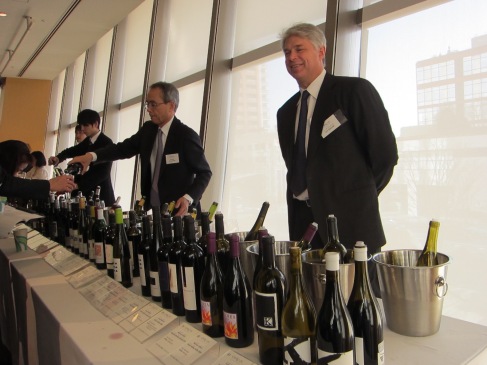


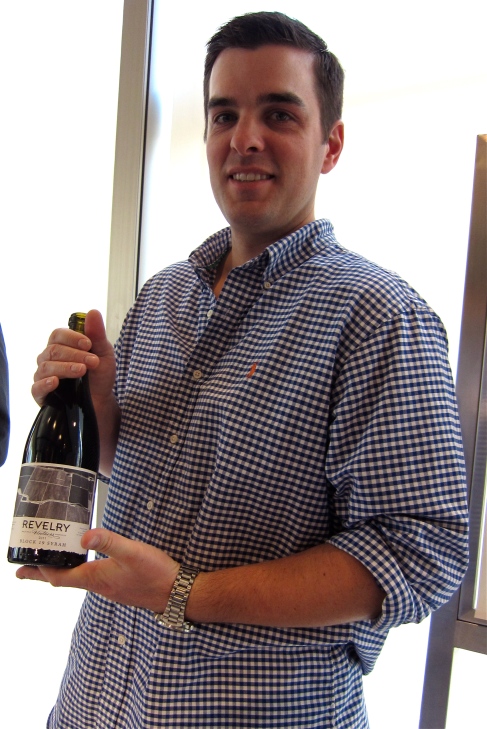
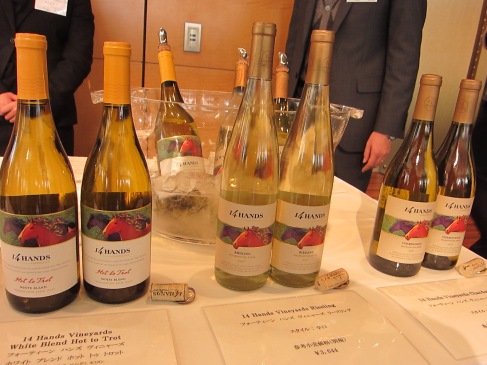



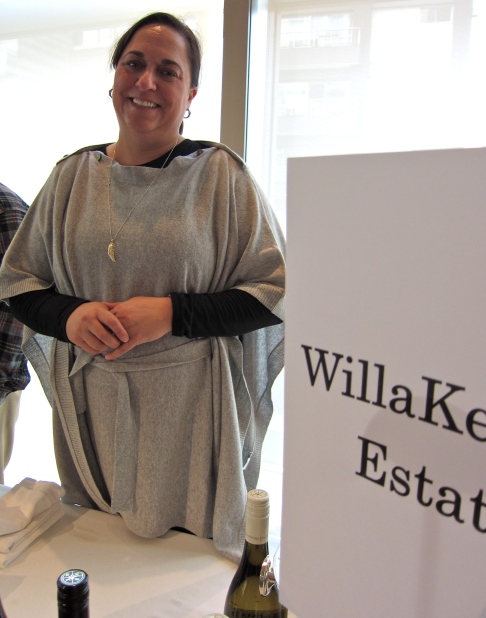


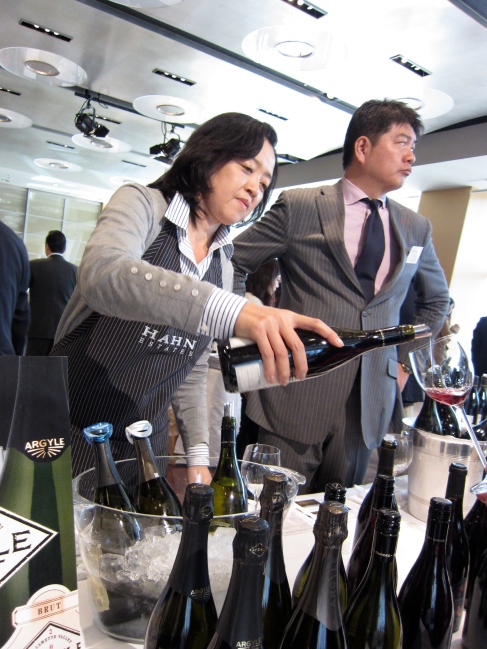


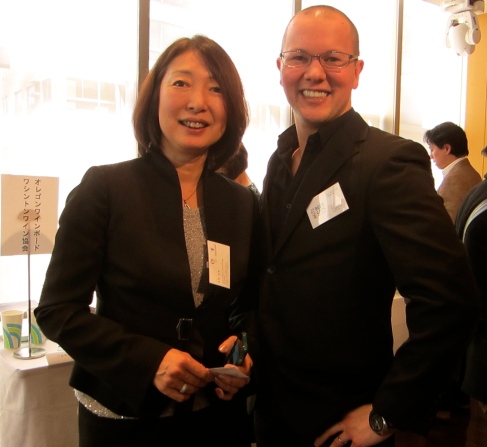







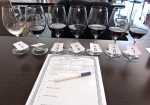

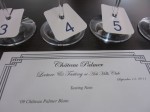



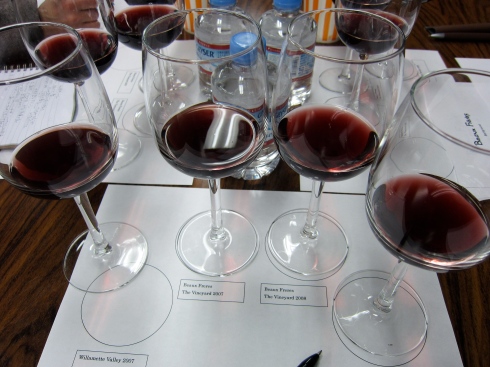
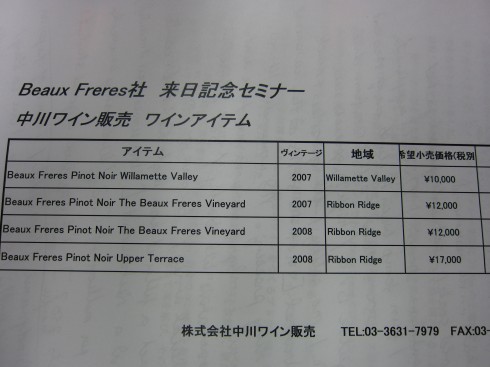
You must be logged in to post a comment.